• الحامض المرقد أو كبيس الليمون •
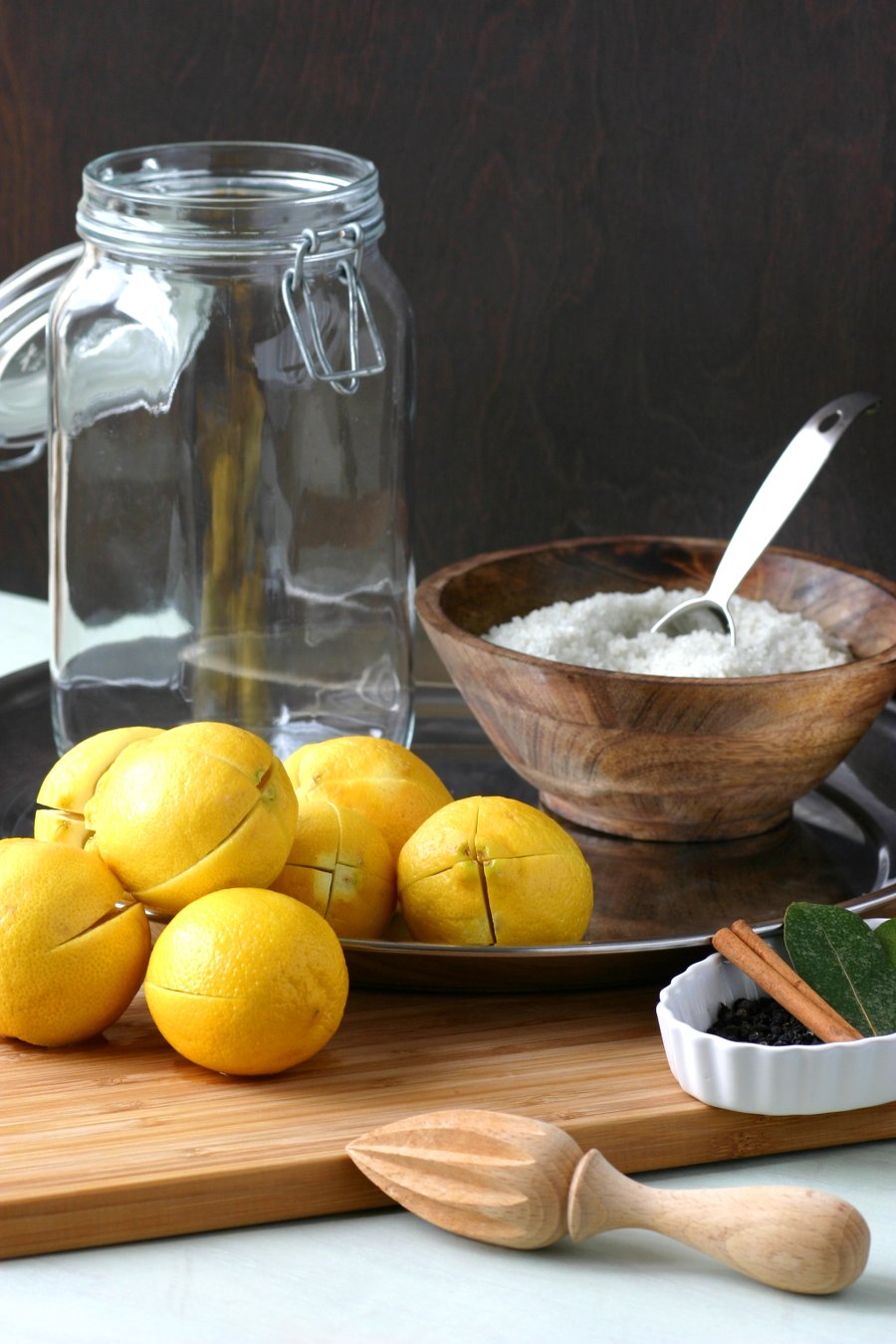
Give your favorite Moroccan and North African dishes that zesty, authentic taste with this really easy recipe for Homemade Preserved Lemons!
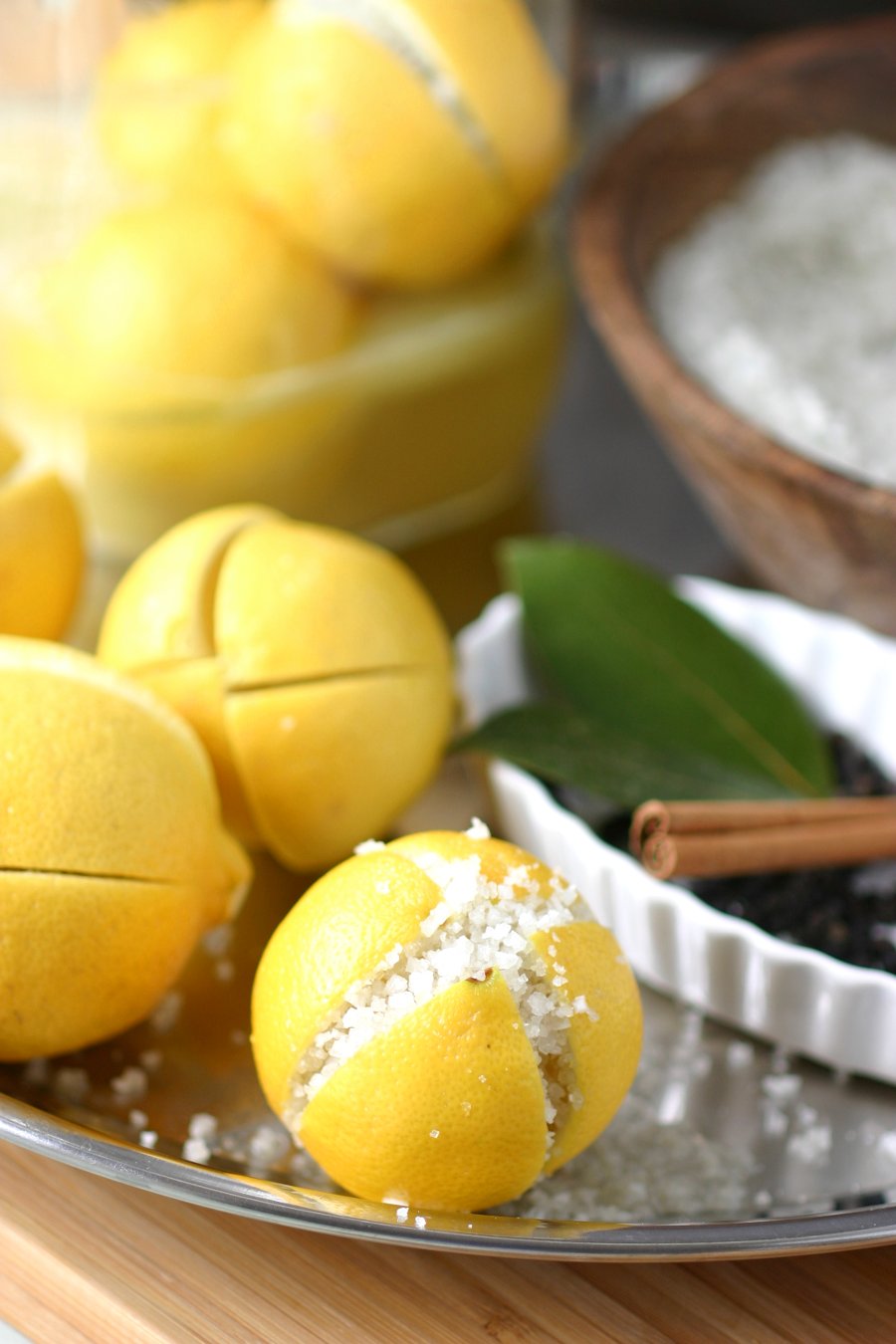
Preserved lemon is one of my favorite ingredients in North African cuisine. For me, anything having to do with lemon is always a winner, but there is something special and unique about these preserved lemons. In a pinch, a grating of lemon zest can sometimes suffice for certain recipes, but there is no true substitute for the intense flavor of these lemons. Thankfully, they are a breeze to make at home, and only require, at their most basic level, two ingredients.
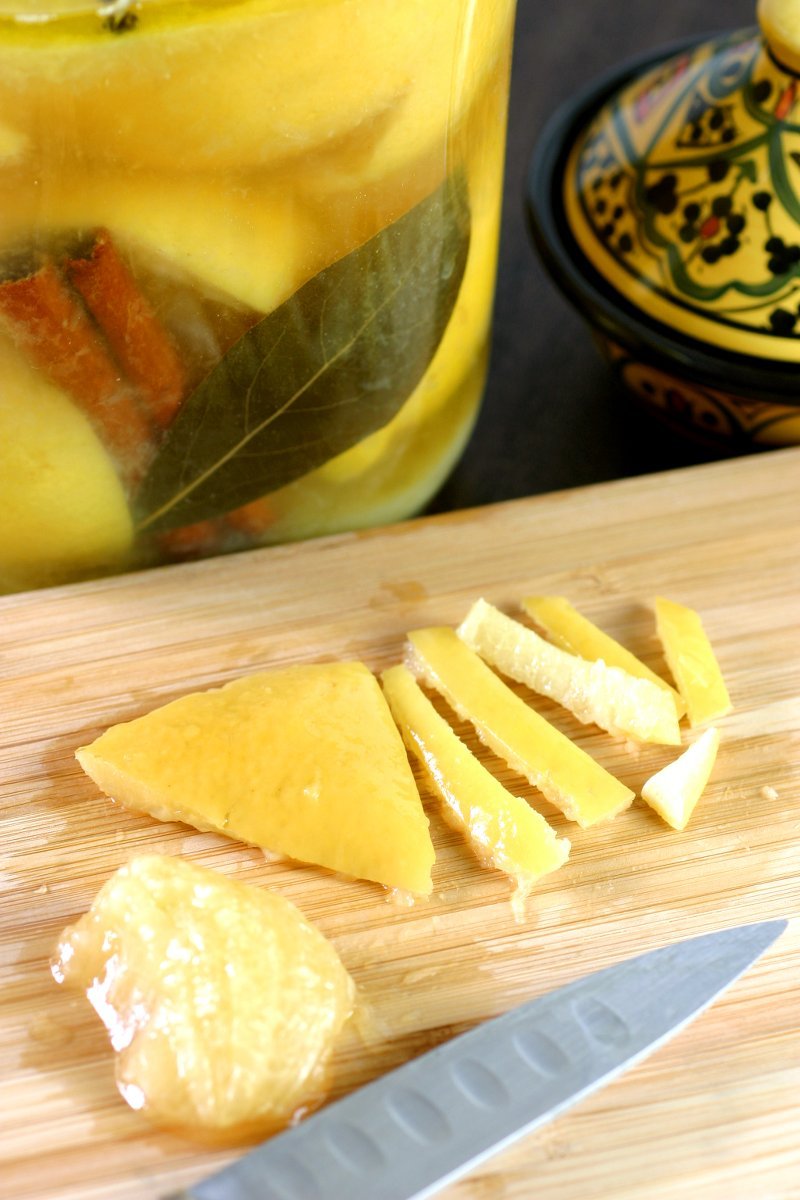
In Morocco, preserved lemons are commonplace and can be found in neighborhood markets and supermarkets, right alongside the mounds of numerous varieties of olives. If you’re a fan of Indian cuisine, you may have tried lemon pickle, a condiment often served alongside main dishes. The Indian lemon pickle is made in a very similar manner but is more heavily spiced and flavored. I’ve kept these very simple so that they can be used in many different recipes and can be embellished as desired.
Use them in soups, tagines, and salads. I chop them up and use them in recipes like carrot soup, onigiri rice balls, and sometimes I even purée them into hummus.
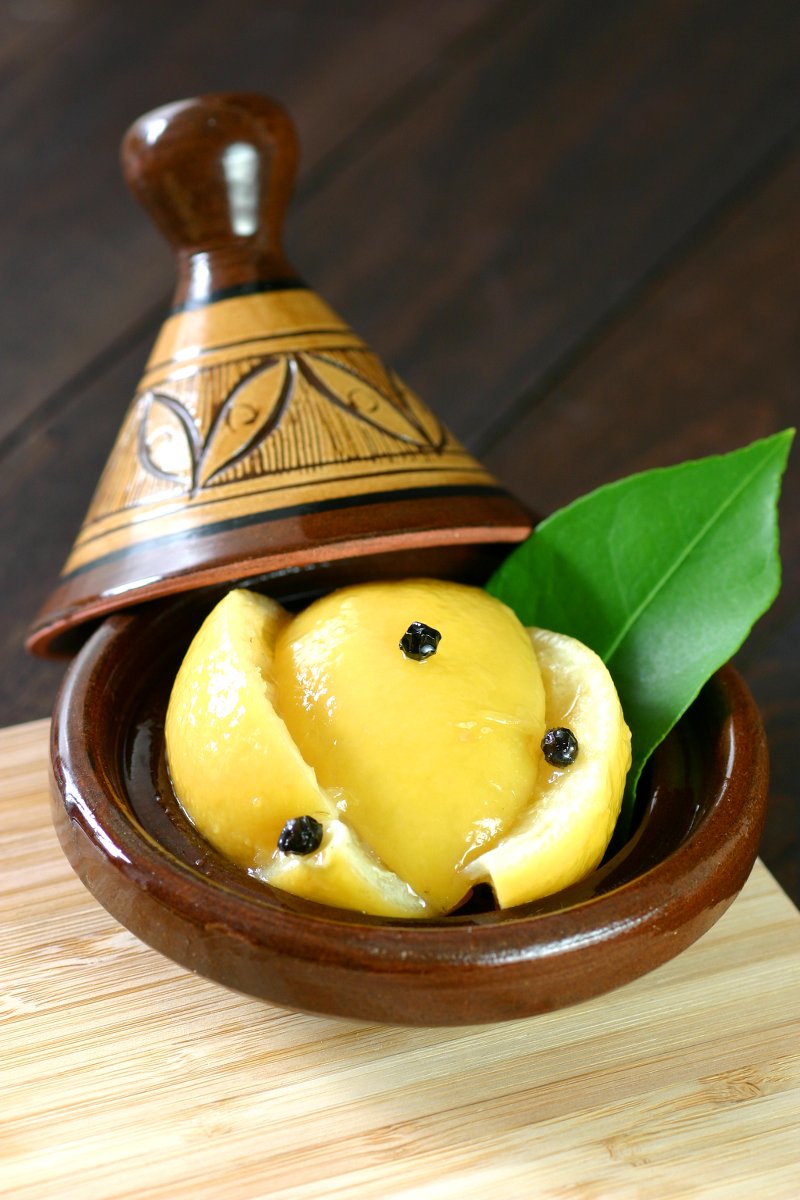
- 6 lemons, whole and well cleaned
- 6 lemons, juiced
- 7 Tablespoons sea salt (I used a coarse salt here so if yours is fine, use only 6 Tablespoons)
- 1 Tablespoon olive oil
- optional: 2 bay leaves, 20 peppercorns, 1 cinnamon stick
- With soap and warm water, throughly clean an airtight glass container that is large enough to hold the amount of lemons you are making.
- Slice your lemons lengthwise into quarters, but leave ¼ of an inch uncut on one end. In other words, you want to slice them into quarters but you want to keep the quarters attached, so don't go all the way through with your slicing. Pry open each lemon and sprinkle in 1 Tablespoon of salt into each one, coating the inside surfaces of the segmented lemon. Pack the salted lemons into the glass container and press them so they fit tightly and snuggly. It's ok if they exude some of their juices.
- Mix the lemon juice with 1 Tablespoon of salt and any excess salt that fell out of the lemons as you were filling them and pour this salty lemon juice over the lemons. Press the lemons down with a clean spoon. They should be just covered with juice. If they aren't, add in enough water until they are just covered. Tuck in some bay leaves, peppercorns, and a cinnamon stick if you'd like and drizzle in the 1 Tablespoon of olive oil.
- Set this container aside, preferably somewhere dark like in a cabinet or in the corner of your kitchen countertop. Every other day for the first two weeks give the container a swirl to distribute the salt and juices. Once a week, use a clean spoon to press the lemons down to keep them compressed and under the brine. They will need to sit in the brine for 5 weeks to preserve.
- When the lemons have fully preserved and you're ready to use them, use a clean fork to remove as much as you need. Try not to double dip a utensil into the brine. Use the fork or a knife to remove the pulp from the rind. Rinse the rind under running water to remove the excess salt, chop or slice, and add to your recipes. I prefer to only use the rind, but the pulp can also be used. Be advised that the pulp is very salty and more intensely flavored, so adjust salt in your recipe accordingly.
-After preserving, these lemons can last many months if you are careful to use clean utensils when removing them from the jar. In any case, it's a good idea to stick the jar in the fridge after the 5 week preservation so they last even longer.
-I made 6 lemons this time but this recipe can be adapted to however few or many lemons you want. Simply use as many lemons for juicing as you are for preserving and use 1 Tablespoon of salt for each lemon and 1 Tablespoon for the juice.

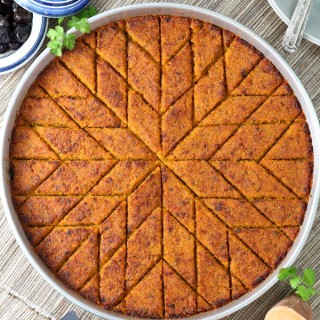

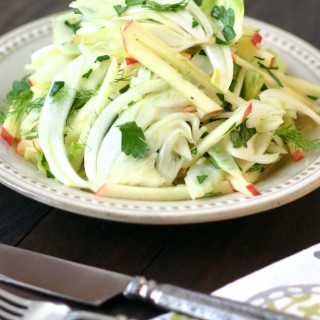


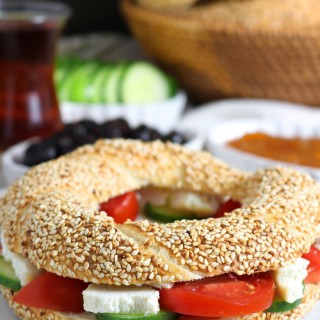
I love the idea of homemade preserved lemons, they truly taste perfect and are irreplaceable in some of the best dishes…
And so easy to make, too. They just sit there and make themselves. 🙂
Coincidentally a week ago my daughter-in-law who is Japanese was talking about this very thing. Apparently it is also used frequently in her native cuisine although they call it simply “lemon salt” in Osaka. After talking to her and now reading your description and recipe I can’t wait to try it myself. One question, you show a mason jar in the pictures. Would that be the quart size for six lemons?
Wow John, I never knew this type of salted lemon pickle could be found in Japanese cuisine as well! I’ll have to do more research into it.
Do give this recipe a try, as it is just so simple. The jar I used was one of those glass jars with a clamp lid that has a rubber gasket. I just checked the bottom of it and it says 1 1/2 liters, so roughly 1 1/2 quarts. The six lemons fit in that with some room to spare, although the lemons were a bit on the smaller side.